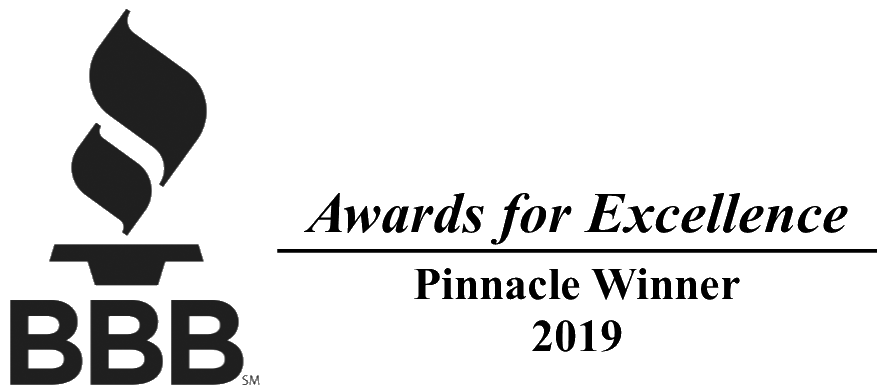Aftermath – Leaders in Crime Scene Cleanup
Crime scene cleanup requires the right staff and equipment in order to be completed to the highest standards of clean. This is especially true with crimes occurring within the home, which can have devastating and lasting effects long after the incident has occurred.
Fortunately, the professionals at Aftermath provide a dedicated and skilled staff well-versed in the proper means and methods for undoing the damage caused by a crime. The following information sheds light on just how this process is undertaken, from the equipment needed to handle the task to the actual cleanup itself. For further clarification, see the crime scene cleanup infographic here.
Crime Scene Cleaners Require the Right Equipment
Proper equipment is essential to a crime scene cleaner, whether dealing with bodily fluids such as blood or caustic chemical agents like tear gas. Because these substances can be extremely harmful, cleaners must take precautions to prevent contamination. This means donning full personal protective equipment whenever working on a cleanup. A full PPE kit includes:
• Full Face Respirator (with replacement cartridges)
• Particulate Mask
• Gloves (both latex and outer leather)
• Biohazard-Approved Coverall
• Chemically-Resistant Boot Covers
Heavy-duty cleaning agents are also required to treat the scene. These can include a variety of chemical solutions, as well as the proper disposal and protective supplies (waste containers, scrub pads, caution tape, etc.).
Multi-tiered Process Used to Clean Your Home
When it comes to the actual cleaning, crime scene professionals undertake a multi-tiered approach. The first step involves evaluating the environment, which helps cleaners develop a plan of attack. Trained Aftermath supervisors take into account the scene itself, including any visible signs of the incident, as well as any damage to the structure and potential risks to the cleaning crew. They also assess accessibility to the crime scene, environmental factors such as temperature, and any other challenges workers may face in the process of completing the cleanup.
Next, cleaners work to control the situation. This entails designating three separate zones to avoid cross-contamination (clean, buffer, and control zones). In the clean zone, workers store clean gear and equipment, including unused PPE. The buffer zone is the area where technicians handle properly boxed hazardous material and remove used PPE before leaving the work environment. Finally, the control zone includes any area where actual cleanup work will take place.
After a crime scene is determined to be free of all visible debris, disinfection can take place. This important step in the cleanup process ensures that the home will be suitable for inhabitants once cleaning is complete. Because decomposition can result in a myriad of unpleasant smells, deodorization is also essential in many cases. Even the smallest amount of blood or bio can leave lingering odors. Lastly, technicians conduct ATP testing to verify the effectiveness of the treatment, helping to ensure that the home is clean for habitation.
Restore Your Home and Your Life
Backed by a customer satisfaction guarantee, Aftermath is dedicated to providing top quality crime scene cleanup in cities throughout the US. Such service is crucial to restoring the former state of the home, and can be a large part of the overall healing process after a crime has occurred. To learn more about making crime scene cleanup a part of your family’s recovery process, contact Aftermath at 877-872-4339.
 877-872-4339
877-872-4339  Contact Us
Contact Us 






